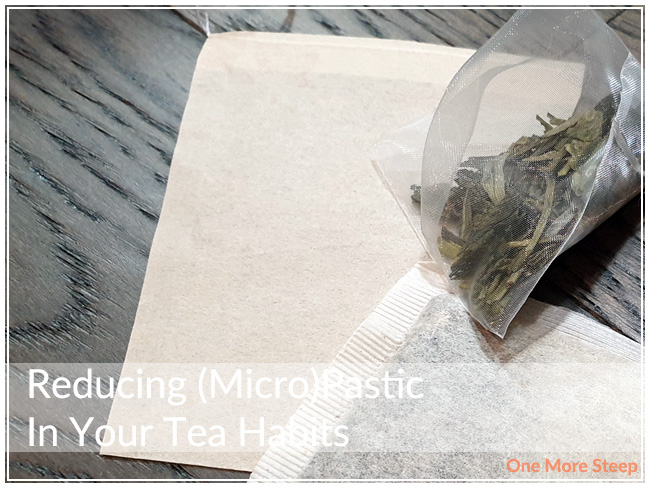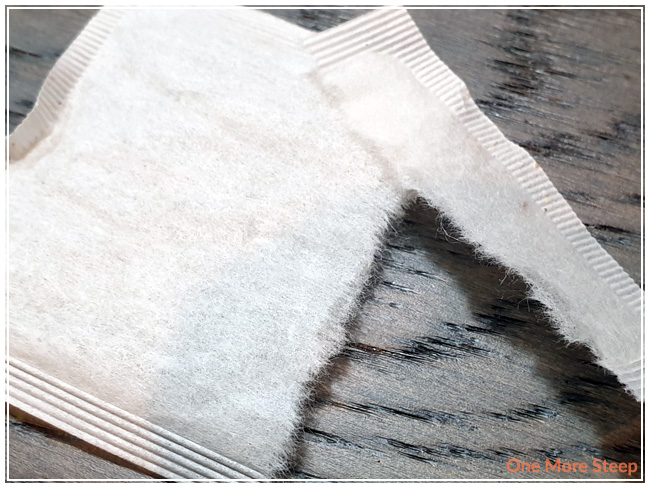
Back in September 2019, research was published by McGill University about micro and nanoplastics in teabags – particularly the micro and nanoplastics that get released during the act of steeping your tea in a cup of hot water. While it’s a bit concerning that it happens – are we really that surprised? And should we be concerned?
The World Health Organization (WHO) certainly doesn’t seem to think so – although they issue a tidy little disclaimer that there isn’t enough research into microplastics yet, but they don’t think it’s enough to cause any harm. At least we’re not like whales in the ocean with a stomach full of plastic trash, right? (That’s a plastic rant for another day…)
There are a few takeaways from the study that McGill published.
First, that many of the ‘fancier’ teabags often do contain plastics. If you’re not sure, you should ask the tea company about their teabag materials. Secondly, some companies do use paper, with a tiny bit of plastic that helps to hold it all together. While others have shiny pyramid-shaped teabags that help provide the tea leaves more space to expand, but also contain a higher amount of plastic (and, to be fair, some of those pyramid-shaped teabags are made of biodegradable plant-based materials). That said, there are a lot of environmentally-friendly tea companies out there – you just need to know where to look!
Some companies use teabags made out of plant-based material (like corn!) and have biodegradable bags and packaging. A lot of companies are moving towards plastic-free packaging – which is always a good idea because a lot of municipalities still lack soft plastic recycling. It’s much easier to recycle a plastic milk carton than it is to recycle the cellophane material that comes on the outside of a box of tea.

![]()
How can you reduce the single-use plastic and live your best tea-drinker life?
Shop at tea stores that allow for looseleaf tea purchasing. Bonus points if they let you bring in your own containers or offer reusable (and recyclable) containers. A tea tin or glass mason jar would be a great option to offer that air-tight seal! If you choose clear glass jars as an option, make sure to tuck the tea into a cupboard to prevent damage from light.
Shop from tea companies that don’t individually package teabags or use plastic teabag material. This will lower the amount of single-use package that you’re responsible for, and decrease the amount of microplastics that you’ll end up ingesting. Just because WHO says it’s probably not going to hurt you doesn’t mean that you need to continually drink it on the regular!
Get yourself a reusable tea infuser! There are many stainless steel options available. They withstand boiling water, are easy to clean, and can be used literally thousands of times without breaking down or being damaged. Short of having it run over by a car, there’s not much that can hurt those infusers and there’s not a trace of plastic in them.
Compost those teabags that are biodegradable! Those tea leaves will help add nutrients to your compost and having a compost bin at home will let you really put those teabags (and companies!) to the test. Do they really break down? Think of it as an at-home experiment that you can easily try out!
![]()
McGill – Some plastic with your tea?
CNN Health – A single tea bag can leak billions of pieces of microplastics into your brew
BBC – Microplastics: Premium teabags leak billions of particles – study